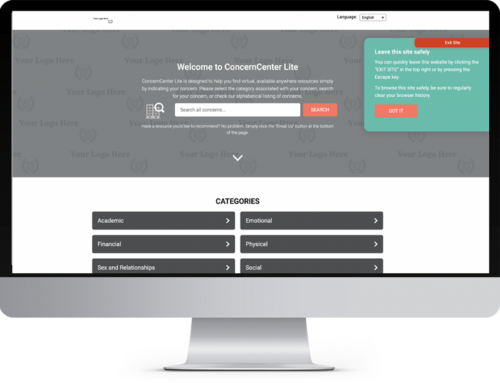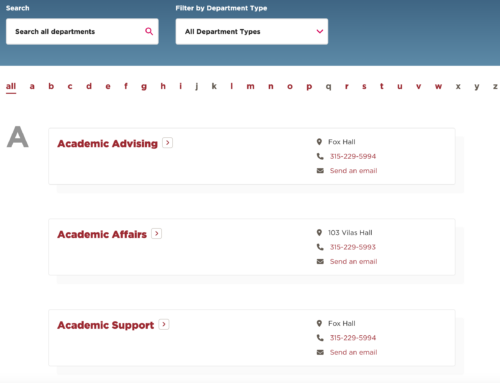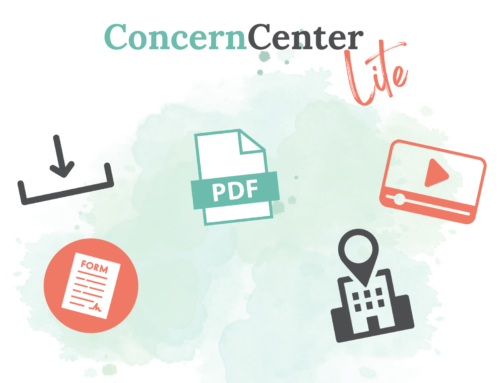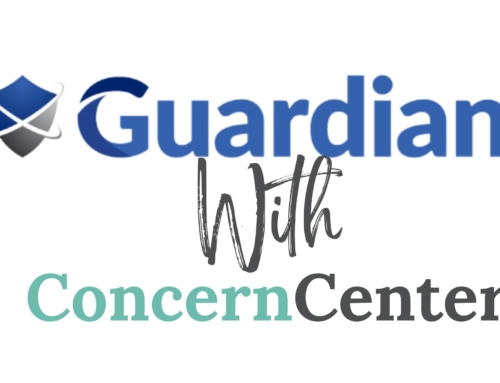Can you see me? I’m standing in my kitchen with a half-eaten pear in one hand, my mouth full, and the other hand ‘air-pumping’ up and down in celebration of the great news: Florida will now require mental health classes in public schools. Florida students (joining their peers from New York, Texas and Virginia) in grades 6-12 will now be required to take courses that help them identify:
- The signs and symptoms of mental health disorders,
- How to get help and,
- How to help peers who are struggling
Put simply, Florida students (who will later grow up to be leaders, role models, business people, company owners, staff, parents, neighbors) will be better equipped to know when they are struggling, if that struggle reaches the criteria for a diagnosis, what to do about it, and where to turn.
Let’s Embrace That.
We’re teaching children and young adults that mental wellness is of great significance. So much so that we’re prioritizing it alongside other important topics that help them understand the world and grow into humans that function well and care for others.
We’re also teaching them that asking for help is okay, expected even, and that many support resources already exist for that very purpose.
I can’t begin to suggest how validating it must be for a teenager to experience mental distress and know that other young adults have experienced the same symptoms. They’ll hear that if they are sad, cranky, tired, under-performing, feeling unmotivated, worthless, and lacking enjoyment for a decent amount of time, that it’s probably not just a stage, it’s more likely the result of a depressive episode. A treatable depressive episode. A depressive episode that does not need to define them.
They’ll know this because it was taught to them; because they were encouraged to assess their baseline and then to notice when they are out of sync or having trouble rallying after a common trigger such as a breakup, negative peer interaction, problems at home, or academic struggle.
They will also be able to notice these changes in friends, which means students will be helping each other:
- Recognize when someone needs help,
- Compare what they’re seeing with what they learned in class and,
- Work together to get support.
Educators in these states will be engaging young adults in the first of many life-long lessons about getting knocked down, getting back up, and offering a hand when one is needed. They are teaching these students to better understand their own health and how to look out for their peers.
Changing the Way People Seek Support
Although I’m not still standing in my kitchen, eating a pear, and ‘air-celebrating’, the satisfaction I first felt remains. States are starting to invest the time and resources needed to change the way people seek and receive support. States are starting to recognize how critical it is for students to receive mental health education and clear access to support resources.
Like a stone thrown into a body of water, this is the first of many ripples that are likely to effect the world in a positive way. Watch, listen, and feel. We are finally helping young people understand their mental health, to talk about things that make them (and us) uncomfortable, to ask for help, and to be that support for others.
I can’t help but celebrate.
This is yet another productive way we are helping students stay healthy… and alive.
—
Erin Halligan-Avery, PhD is the owner of ConcernCenter, Inc., a software platform that allows students to enter something they are concerned about and receive a prioritized list of support resources. Erin is also a former case manager who developed a CARE Network at a University in New York State. The CARE Network helps identify students of concern and get them connected to appropriate on- or off-campus resources. For more visit www.concerncenter.com or contact Erin at erin@concerncenter.com.





Excellent knowledge. Thanks a lot!
Regards! Excellent stuff.